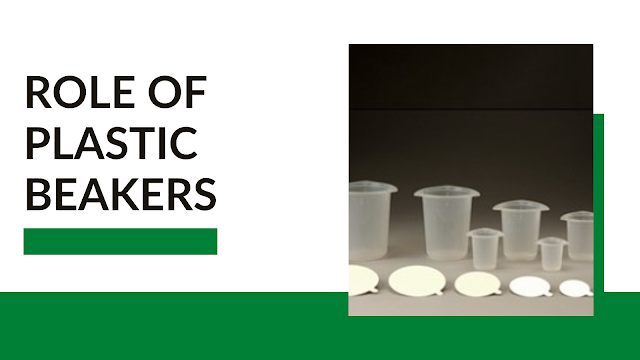Effective Ways to Make Western Blotting Approachable to Students!

Western blotting is a method for identifying a specific protein with the help of blotting paper in a sample that contains other proteins. Each western blot experiment uses a specific antibody against a particular protein. These antibodies attach to the target protein and aid in its later quantification. The study method known as western blotting is widely used in molecular biology, immunology, and allied sciences. Western blotting is essential for students who want to work in these fields. However, novice students learning about it could find the lessons frightening. Fortunately, there are numerous approaches to making it more interesting and approachable. Here are five suggestions for educators to make the subject more engaging based on students' challenges when learning about Western blotting. Each item of guidance addresses a specific issue that students encounter. Explore Real-World Applications HIV-AIDS diagnosis can be made via Western blotting. The method is specifically us...





